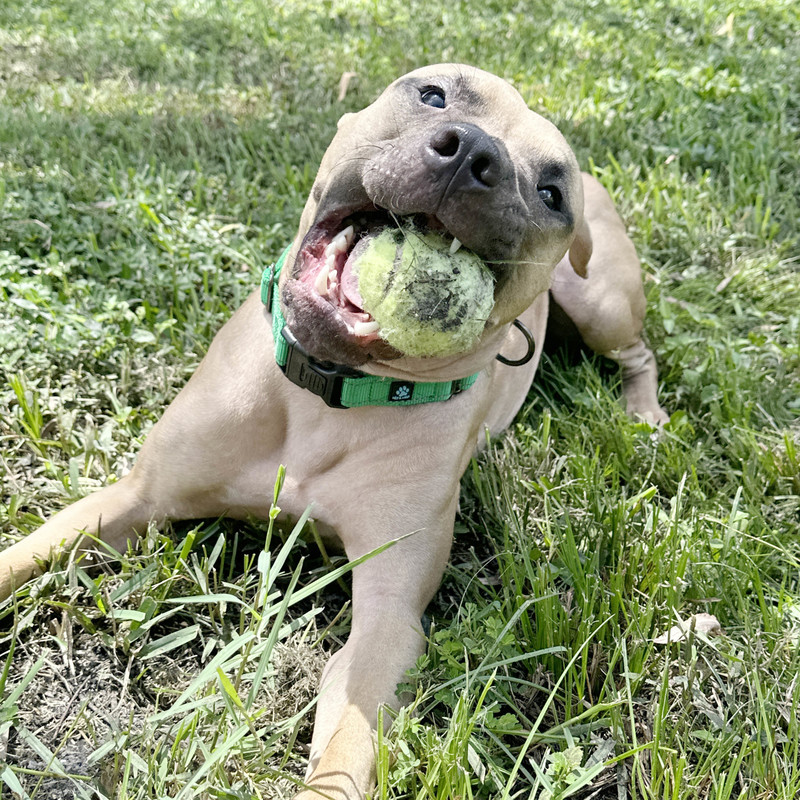Introducing your shelter dog to your dog or cat

Wednesday, August 9, 2023
One common reason that people return pets to the shelter is the new dog not getting along with their current pet. However, many times this inability to cohabitate is the fault of the person, not the pets! You must be careful not to rush pets. Your newly-adopted shelter dog is adjusting to a new home, new routines, and a new environment, and your other cat or dog is adjusting to a new family member.When you come to Friends of Strays to adopt a dog, and you already have a dog, we will ask you to bring your dog to the shelter for a "vibe check" to see if the two dogs get along initially, and keep it slow if you move forward with the adoption. If you have cat in the home, we will always tell you that slow introductions are most successful. But what does a slow introduction mean? While every pet-to-pet relationship is different, you should plan to spend days or even weeks keeping your new and old pets separated, with slow, controlled periods for interaction. This approach will be best for everyone in the home!
Dog-to-Dog Introductions:
Keep your new shelter dog or puppy and other dogs separated as first as your new dog explores their new home. Initial introductions should occur on leash. Keep all interactions supervised and maintain control of each dog. If either animal shows aggression, separate them and try again another day. Feed dogs separately and remove toys to reduce tension or conflict over resources. Crate them nearby each other so they get used to each other's presence even when you're not home. Take dogs for a walk together, each with their own handler, to redirect energy away from each other. Don't forget to give your first dog some one-on-one time as they adjust to sharing your attention with their new dog sibling!
Dog-to-Cat Introductions:
Keep your cat and new shelter dog or puppy separated at first. Exchange blankets and beds so they can learn each other's smells. Dog and cat introductions should happen on the kitty’s terms with the dog on leash, and you should be present and in control of the dog during all introduction attempts. If any aggression is shown by either animal, separate and try again another day. If you have a baby gate, set it up so that your cat can begin to interact with your dog at their own pace but can still retreat to their safe space when they want. Make sure to praise your adopted dog for good behavior. If they become too fixed on the excitement of the cat, try to redirect their behavior with treats and training sessions so they associate the cat with positive reinforcements. If your dog has a high prey drive, do not leave the dog and cat out together unsupervised.

